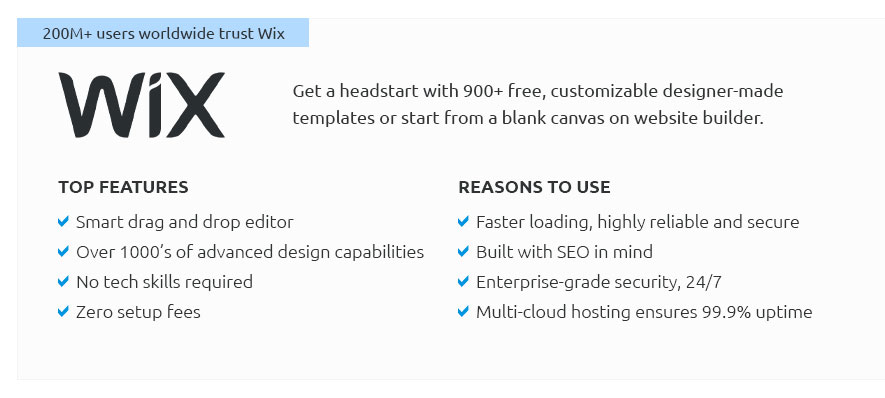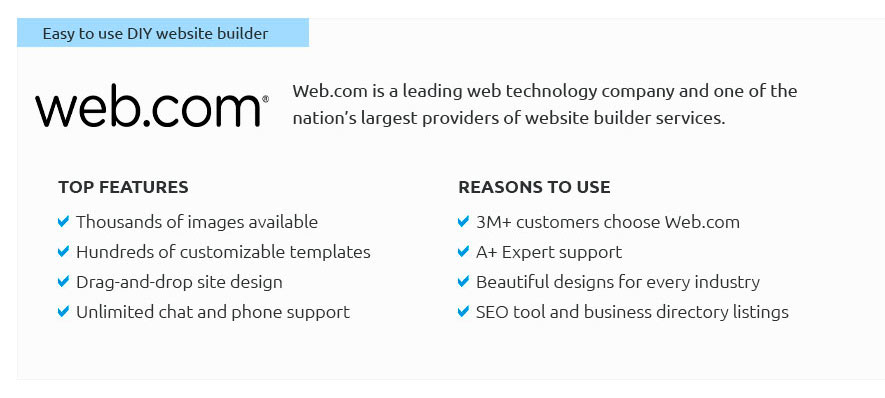 |
 |
 |
 |
|
 |
 |
 |
|
 |
|
 |
 |
|
 |
|
 |
|
 |
 |
How Can I Create My Own Software: A Comprehensive GuideCreating your own software can be an exciting and rewarding journey. Whether you're a seasoned programmer or a beginner, understanding the basics of software development is essential. In this guide, we will explore the steps you need to take to create your own software, from planning to execution. Understanding the Basics of Software DevelopmentBefore you start, it's important to understand the fundamental concepts of software development. 1. Learn a Programming LanguageThe first step in software development is to learn a programming language. Popular languages include Python, Java, and C++. Each language has its own strengths and is suited for different types of projects. 2. Set Clear GoalsDefine what you want your software to achieve. Setting clear, achievable goals will help guide your development process. Planning Your Software ProjectEffective planning is crucial for a successful software project. 1. Conduct Market ResearchUnderstand your target audience and their needs. Research similar software to identify gaps in the market. 2. Create a Detailed PlanOutline your project's scope, timeline, and resources. Having a detailed plan will keep you on track.
Developing Your SoftwareWith a solid plan in place, you can start developing your software. 1. Choose the Right ToolsSelect the appropriate development tools and frameworks. The right tools can significantly enhance productivity. 2. Write Clean and Efficient CodeFocus on writing code that is clean, efficient, and well-documented. This will make future maintenance easier. Consider visiting get website url for additional resources and tools that can assist in your development process. Testing and DeploymentTesting is a critical phase to ensure your software functions correctly. 1. Perform Thorough TestingConduct extensive testing to identify and fix bugs. This includes unit testing, integration testing, and user acceptance testing. 2. Deploy Your SoftwareOnce testing is complete, deploy your software to your chosen platform. Ensure that your software is easily accessible to users. If you're looking for platforms to deploy your software, consider exploring free website sites for hosting options. Frequently Asked Questions
https://www.careervillage.org/questions/521216/what-do-i-need-to-do-to-create-my-own-software
Linux and Windows have different compilers or interpreters. Then, these SDK may have technology specific you need to learn. Then you write code, ... https://www.scnsoft.com/software-development/build-a-software
A development process for new software includes solution planning, design, coding, testing, and deployment. When ... https://www.reddit.com/r/learnprogramming/comments/qreis6/how_to_start_creating_software/
Take the first three functionalities and create an MVP (minimum valuable product) where is not important that the code is good, is important ...
|